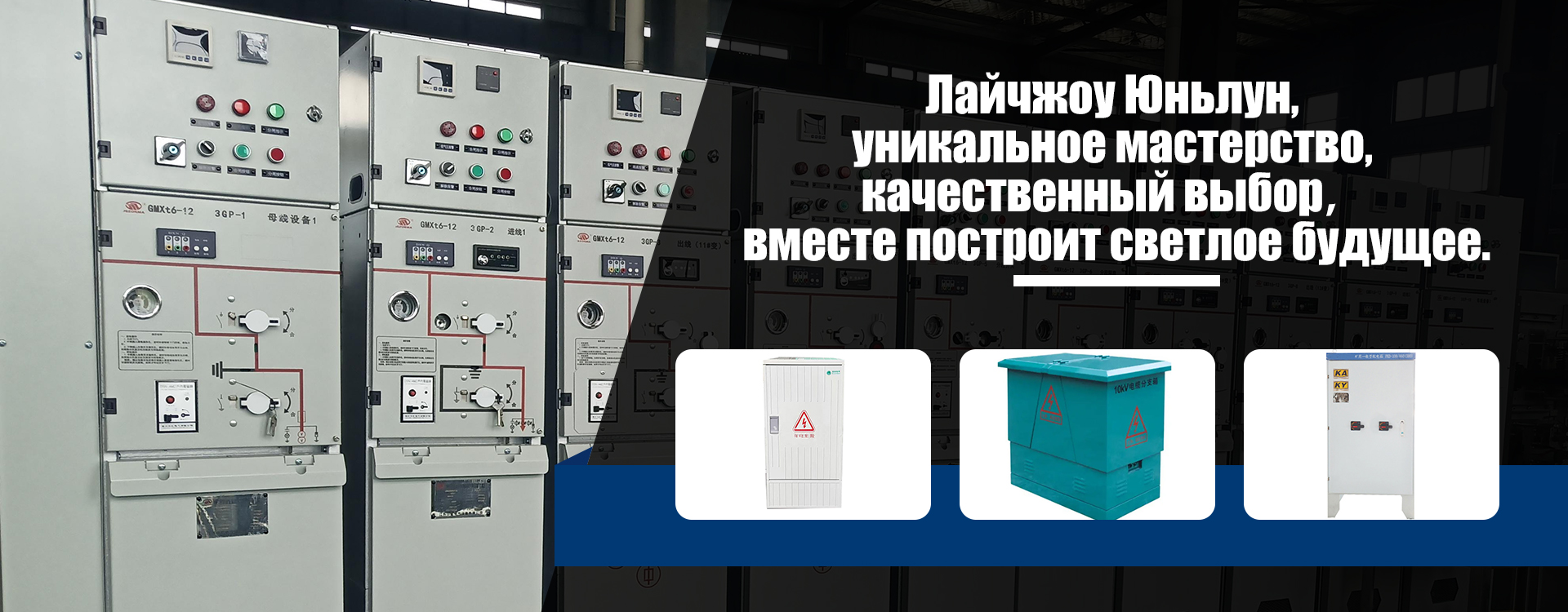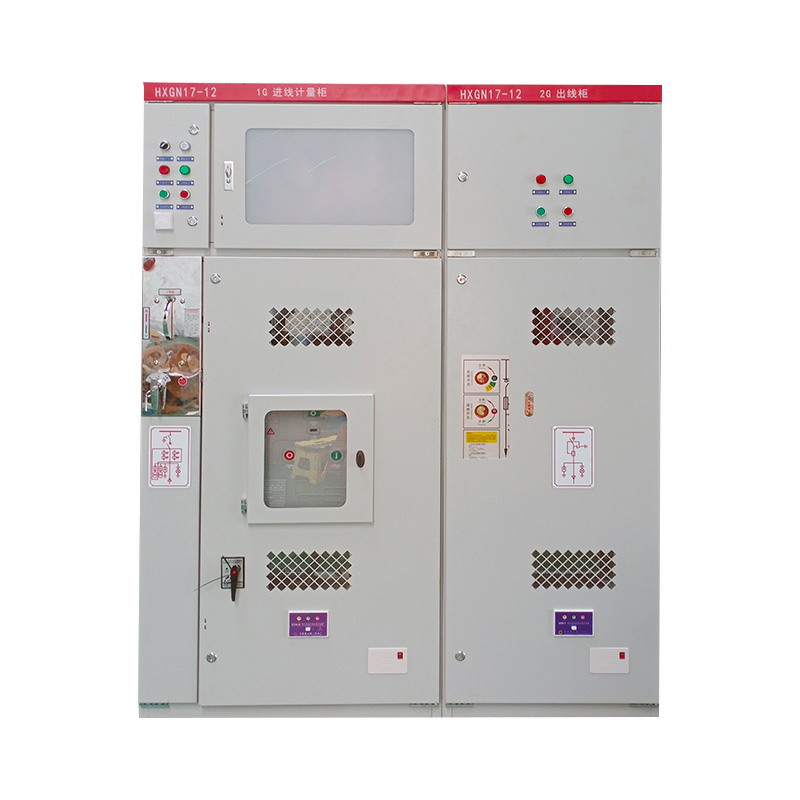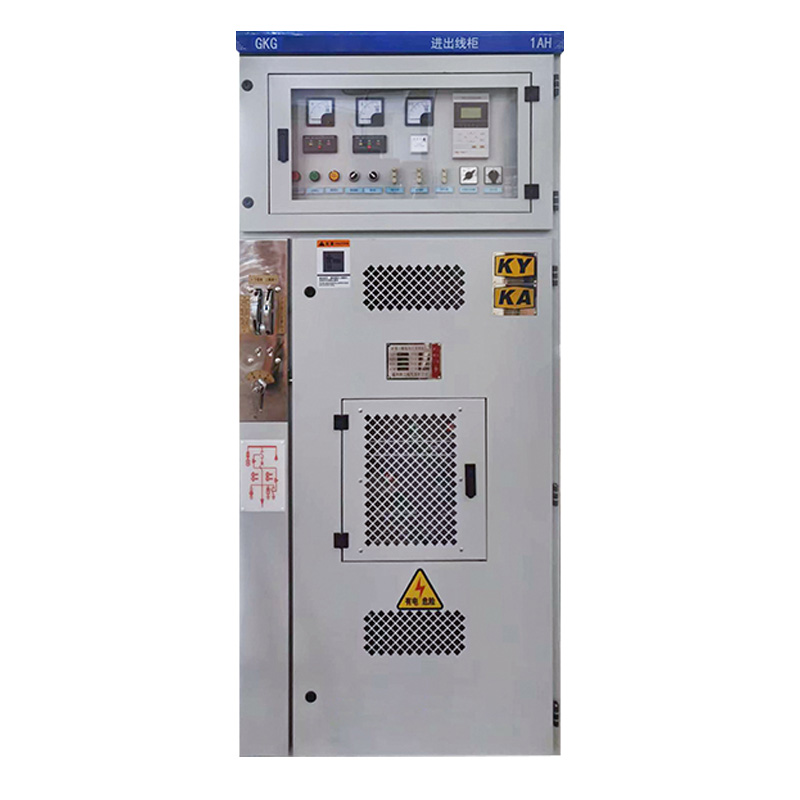
Factories for the production of cable trays in China
Factories for the production of cable trays in China
China is the world's largest manufacturer of various goods, and cable trays covers are no exception. There are hundreds in the country, if not thousands of factories specializing in the production of these seemingly invisible, but incredibly important elements of infrastructure. Without them, the laying of cables would be chaotic and unsafe, and the installation and maintenance of electric networks is a real nightmare.
Variety of products and technologies
Plants in China offer a wide range of covers for cable trays that differ in material, size, shape and method of fastening. You can find covers of steel, aluminum, plastic, each with its own advantages and disadvantages. Steel lids are more durable and durable, aluminum are easier and resistant to corrosion, and plastic ones are the most economical. Production technologies are also diverse: from manual labor at small enterprises to fully automated lines in large factories. This allows you to satisfy the needs of both small construction companies and large infrastructure projects.
Quality and competition
The market for cable trays in China is highly competitive. This leads to constant improvement of technologies and improving the quality of products. Many plants seek to get international quality certificates, confirming the compliance of products with strict standards. However, it is important to remember that quality can vary significantly depending on the manufacturer. Therefore, before buying, it is necessary to carefully study the information about the supplier and, if possible, request product samples.
Export and global influence
Chinese factories for the production of cable trays cover their products around the world. Thanks to competitive prices and a wide range, they are a significant player in the global market. This contributes to the development of infrastructure in different countries and makes quality materials for laying cable networks around the world. Thus, even small metal covers, quietly hidden underground or in the walls of buildings, have a global effect on the development of the global economy and infrastructure.
AppropriateProducts
Corresponding products
The best soldproducts
The best -selling products-
 High voltage distribution cabinet HXGN15-12
High voltage distribution cabinet HXGN15-12 -
 High voltage distribution cabinet KYN61-40.5
High voltage distribution cabinet KYN61-40.5 -
 High voltage distribution cabinet KYN28-12
High voltage distribution cabinet KYN28-12 -
 Complete low -voltage equipment GKK
Complete low -voltage equipment GKK -
 GKG-12 high voltage
GKG-12 high voltage -
 Complete low -voltage equipment JXF
Complete low -voltage equipment JXF -
 Opening and closing external intelligent station
Opening and closing external intelligent station -
 GGD stationary cabinet 1600-4000A
GGD stationary cabinet 1600-4000A -
 High voltage cable branch box
High voltage cable branch box -
 Power transformer S20
Power transformer S20 -
 Complete low -voltage equipment GCS
Complete low -voltage equipment GCS -
 Complete low-voltage equipment MNS 4000-6300A
Complete low-voltage equipment MNS 4000-6300A
Connectedsearch
Related search- Block transformer
- Cheap distribution devices for substations suppliers
- Suppliers of the inspection of distribution devices in China
- Equipment production plants for electricity distribution in China
- Chinese voltage suppliers for substations
- Suppliers hinged distribution shields 24 from China
- Proxima distribution boards in China
- Cheap distribution devices for substations basic buyer countries
- cabinet distribution electric power
- Plants for the production of power cabinets in China



